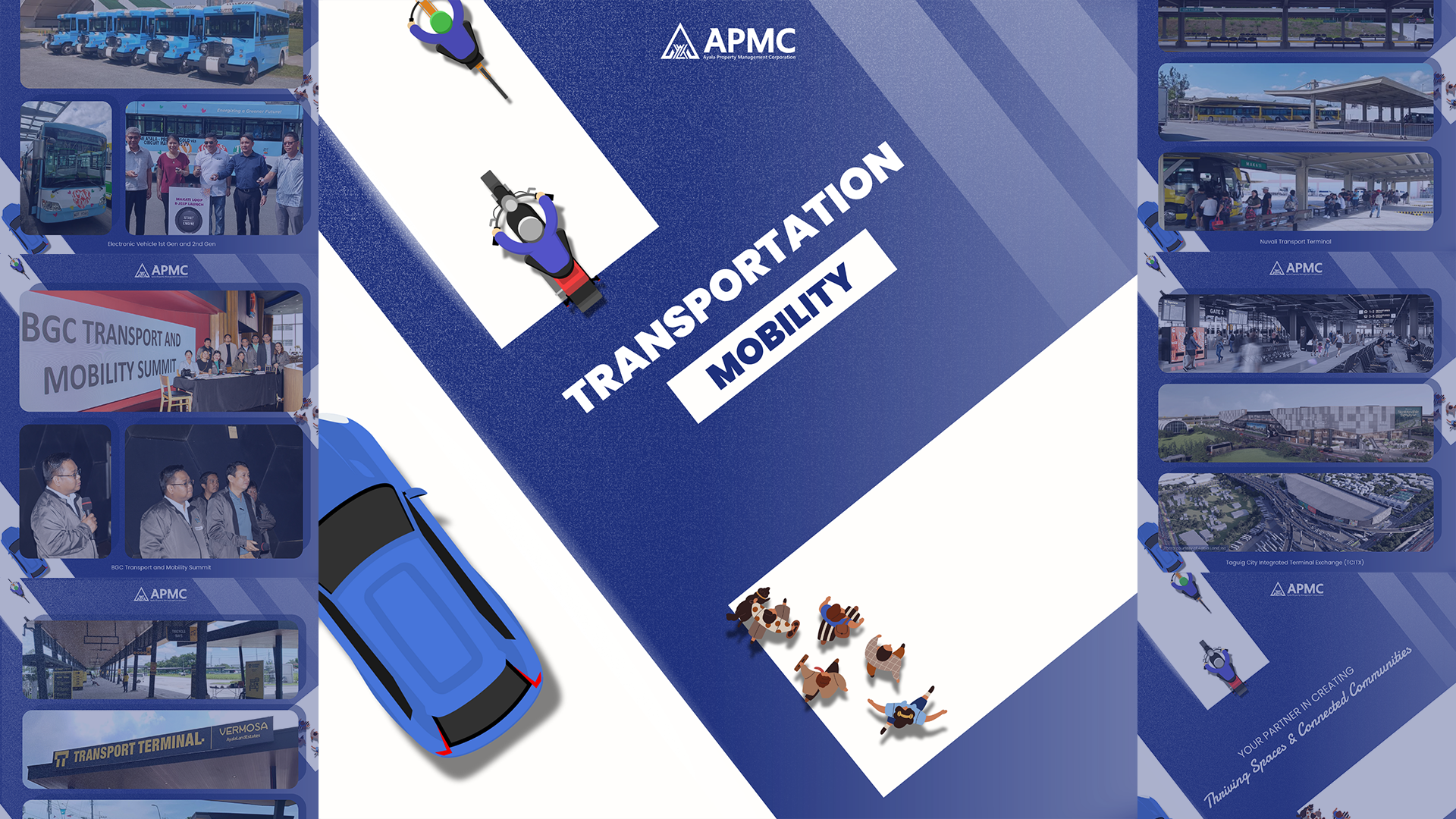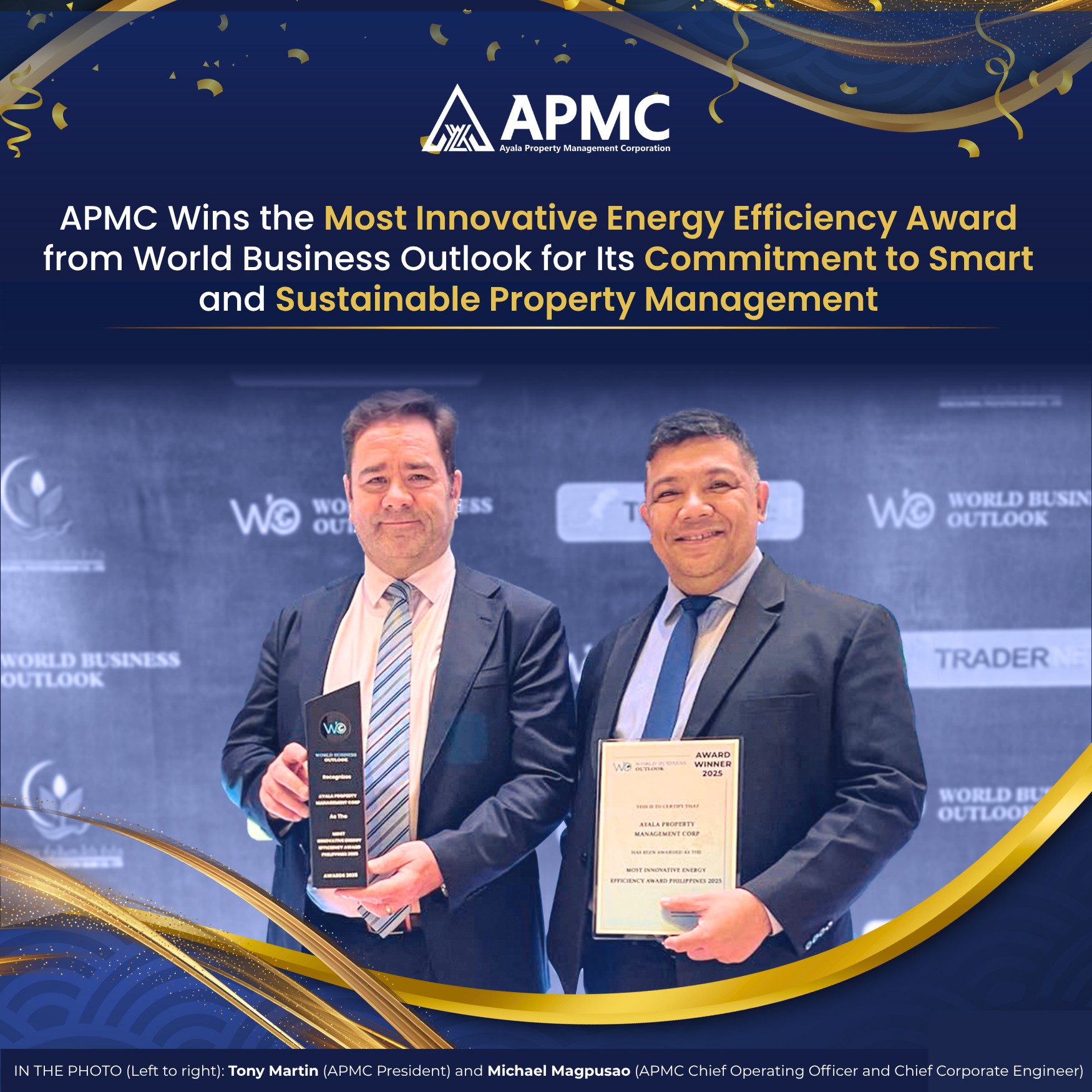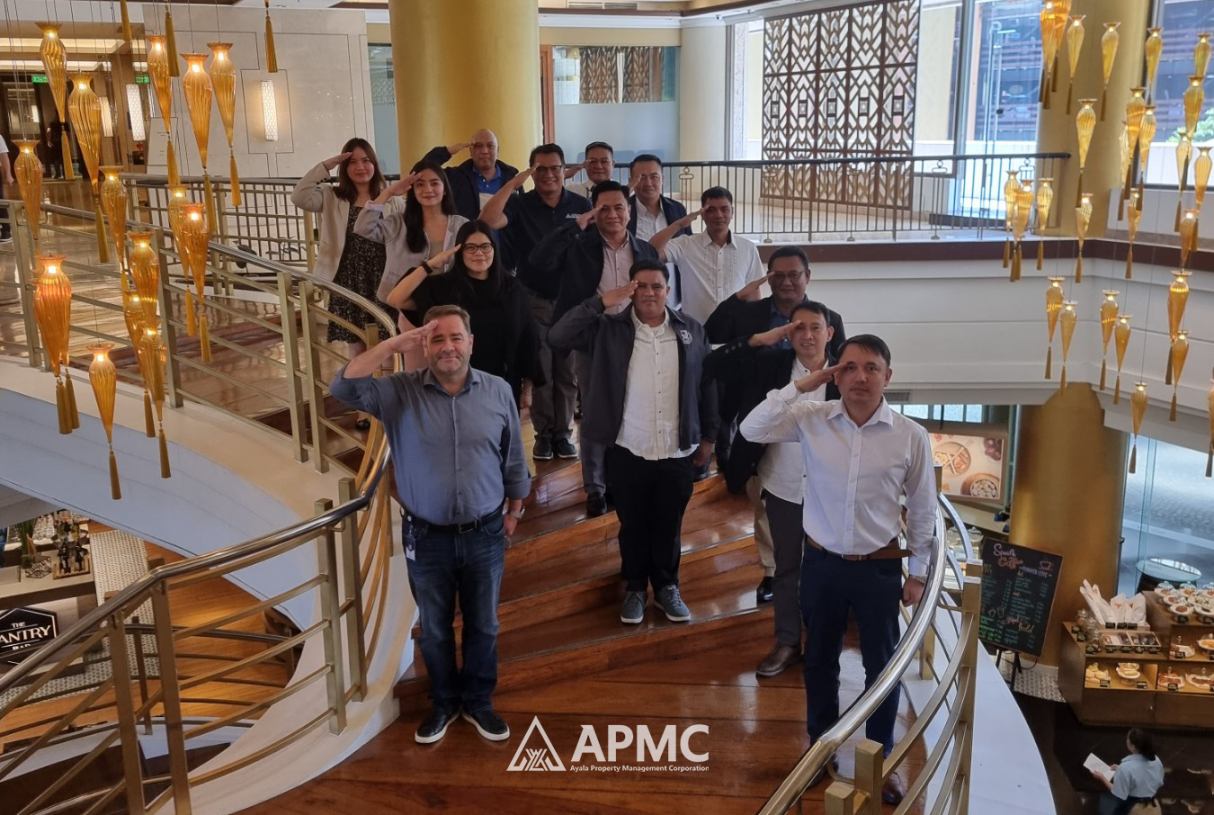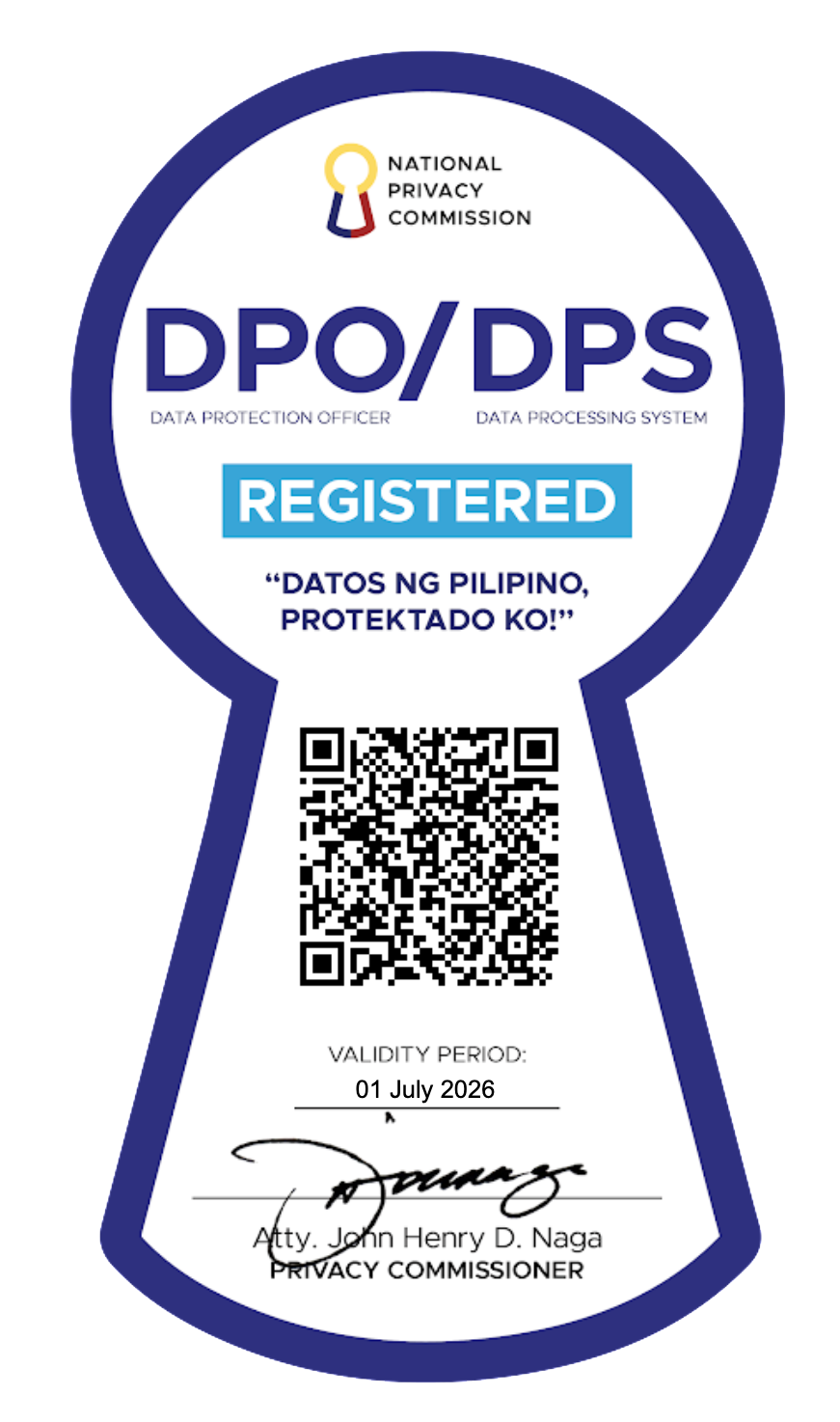APMC Strengthens Community Connectivity through Strategic Transport and Mobility Initiatives
Published on July 04, 2025

An integral part of managing properties is understanding how people move and connect within cities.
At Ayala Property Management Corporation (APMC), this understanding is deeply ingrained. Mobility extends beyond building infrastructure, as it reveals the priority given to people within the created environment. APMC recognizes how mobility shapes daily life, influencing everything from the homes people return to, to the streets they travel on every day.
There is a need to foster communities that are safe and comfortable, not only within homes but also on the roads and in the spaces navigated daily. This commitment underpins APMC’s strong vision for walkability, accessibility, and seamless transportation flow within its properties.
Improved Transport and Mobility
Building on the progress of the LTFRB-accredited terminals in Nuvali and Vermosa, the recent groundbreaking of the Taguig City Integrated Terminal Exchange at Arca South marks a significant step forward in APMC’s vision for improved transport and mobility. This facility will help connect commuters from Laguna, Cavite, and Batangas to Metro Manila more efficiently.
The terminal will also link with major projects such as the North-South Commuter Railway and the Metro Manila Subway. Once completed in 2027, Arca South is set to become a key transport hub, making daily travel easier and more convenient for many Filipinos.
Strong Partnership and Collaboration
Aligned with Ayala’s commitment to sustainability, APMC is introducing electric vehicles in its estates. Electric vehicles already operate in Makati’s Central Business District, and this initiative is expanding to areas like Nuvali. To support this shift, APMC has partnered with AC Mobility to install electric vehicle chargers, ensuring infrastructure keeps pace with demand.
Additionally, the recent BGC Transport and Mobility Summit, held on June 20, 2025, is another collaborative initiative involving APMC, led by the Estates Management Group and Asset Protection Division. With various prominent speakers and partners from the government sectors like MMDA, DPWH, and DOTr, the summit provided a platform for thought-provoking ideas and exchanges between panelists and the audience. These discussions contribute to a holistic movement toward transport and mobility innovation and progress, addressing issues and gaps in the current transport landscape while promoting accountability and cooperation.
These are just some of the key initiatives that reflect APMC’s commitment to advancing transport and mobility. APMC remains dedicated to thoughtful design, careful management, and strong partnerships, as through collaboration, transportation systems and spaces can be developed to be safe, efficient, and accessible to all.












